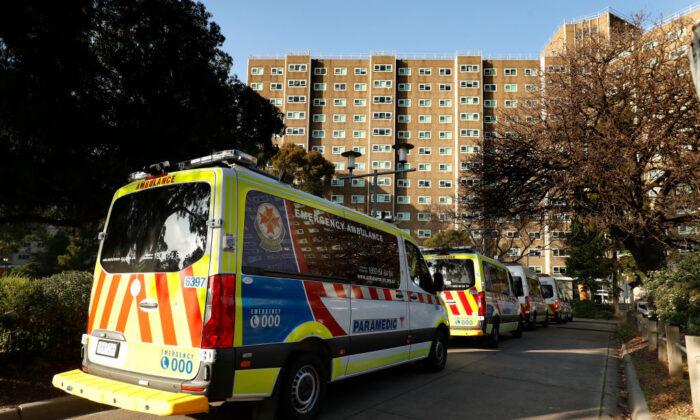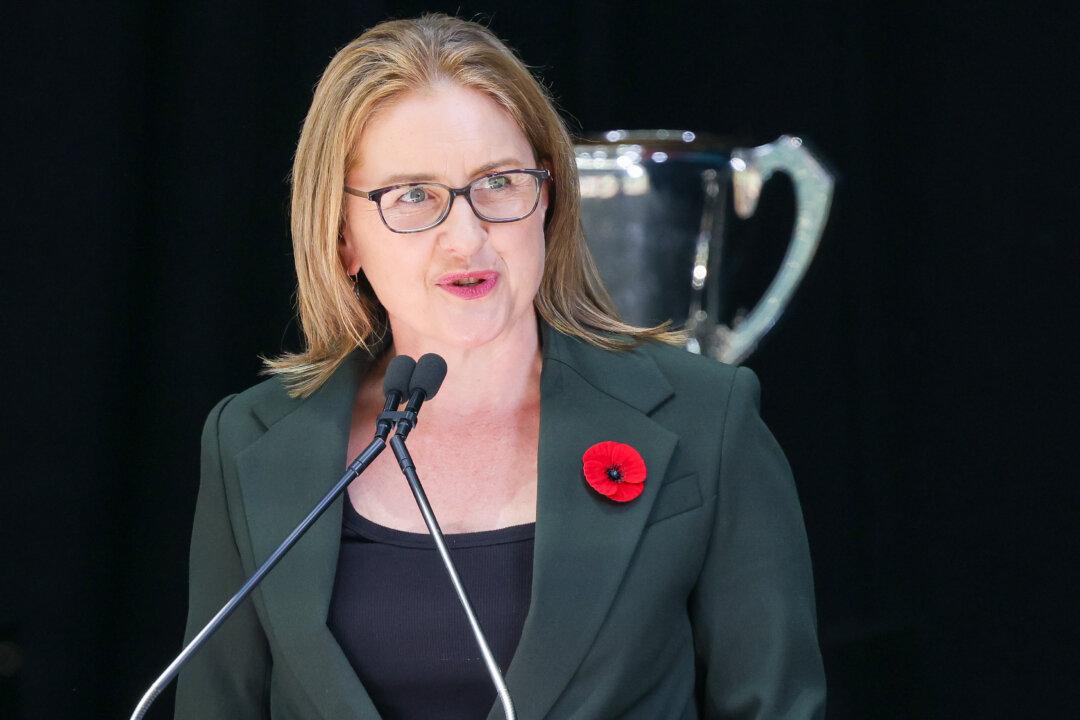Ambulance response times continue to lag in Victoria, with new data showing it takes more than 15 minutes to respond to one in three critical incidents.
While the new data shows a modest improvement in ambulance response times from January to March 2023, the health system overall in Victoria was still under huge pressure.
For local centres and localities with a population greater than 7,500, the 15-minute response time percentage was 69.3 percent, again well below the 90 percent benchmark.
Although the best response rate in recent years was 73 percent in 2014, the Victorian government has blamed the COVID-19 pandemic for the state’s continuous soaring healthcare service demand.

Premier Daniel Andrews told reporters on May 2 that COVID is not over yet from a hospital point of view.
“The rest of us are getting about our lives, and we have normalised this, but we still have more than 300 patients in hospital. Some of them are very unwell, which still puts pressure and a burden on our staff.”
Daniel Andrews said there was still room for improvement, but repairing and rebuilding the health system would take time.
Opposition Argues Government Not Doing Enough
But Shadow Ambulance Services Minister Georgie Crozier has criticised the state government reported the Herald Sun.“The Andrews government went to the last election promising to fix the crisis that has plagued our ambulance system. It’s clear nothing has changed. And it’s Victorians who suffer,” she said.
The Vic government has already spent $26 million (US$17 million) to put in 40 mobile intensive care paramedics across the state and 1.5 billion on a COVID-19 catch-up plan to help with the 46,548 patients to receive surgical procedures in the past three months.
About 79,000 Victorians were still on the elective surgery waiting list by the end of this March.
Andrews said median treatment times “move around” occasionally while noting the government’s commitment to growing the state’s total surgeries from 200,000 to 240,000 annually.
But Crozier says the health system remains in crisis.
Ambulance Victoria
Ambulance Victoria has two official response time targets for Code One patients: within 15 minutes for 85 percent of incidents statewide and 90 percent in centres with populations greater than 7,500.Response times are measured from the moment a triple zero (000) call was made until the first ambulance arrives on the spot.
Although many factors, including traffic, distance, availability of ambulances and service demand, can affect the response time, the expected benchmark is 15 minutes.
Ambulance Victoria regards those who require urgent paramedic and hospital care as Code One patients, and a “lights and sirens” response will occur while travelling.
Acute incidents are regarded as not time critical and do not require a lights and sirens response. They are also usually labelled as Code Two cases.




